HOW DID HER GARDEN GROW?
What are Silver Bells?
“Mary, Mary, quite contrary, how does your garden grow; With silver bells and cockleshells, all standing . . .” Wait a second here! With what? Silver bells and cockleshells? Has anyone besides Contrary Mary ever grown either of these plants? What are they?
A few people do grow Carolina (Halesia carolina) or two-wing silverbells (Halesia diptera). Both small trees are bedecked in spring with rosy or white flowers that hang from the branches like little bells.
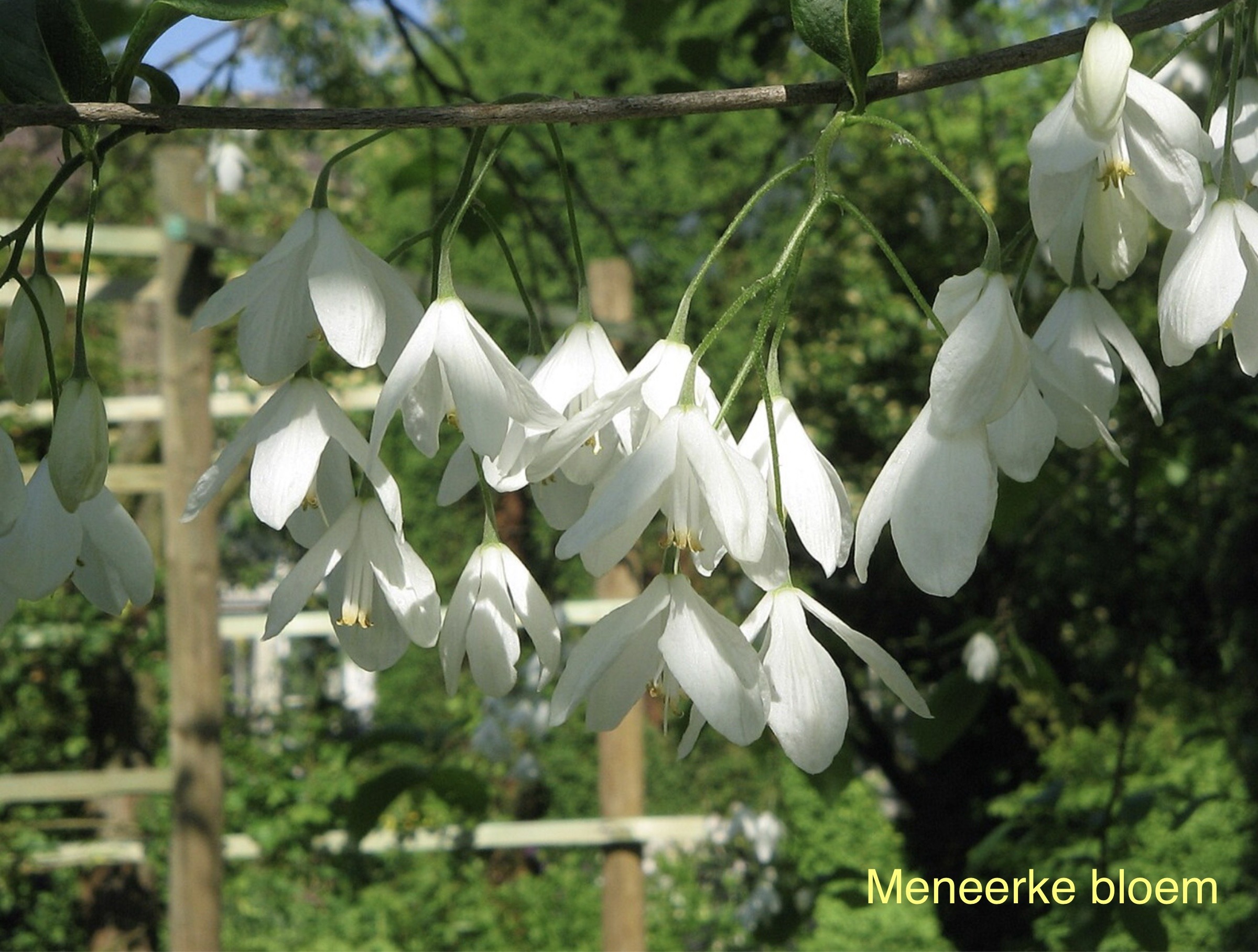
Halesia diptera
I doubt that Mary was growing this plant, though, because she was British and silverbells are native to southeastern US. Not impossible, though, since silverbell trees were introduced into the UK in 1756, about the same time that the nursery ditty was first seen in print. Even here, though, silverbells are rarely planted in gardens, but mostly ramble naturally within woodlands along the banks of streams.
Perhaps the reference was to some other plant with bell-like flowers, and Mary could have been growing one of these. Lily-of-the-valley, for example, which is native to Europe and is a common garden plant there and here. Or pieris, which is sometimes called lily-of-the-valley bush. Pieris does come from Japan, but has long been cultivated in gardens here and abroad.
How about bellflowers, Mary, could you have been growing these? Yup, my guess is that these are your silverbells, probably Canterbury bells (Campanula spp.)
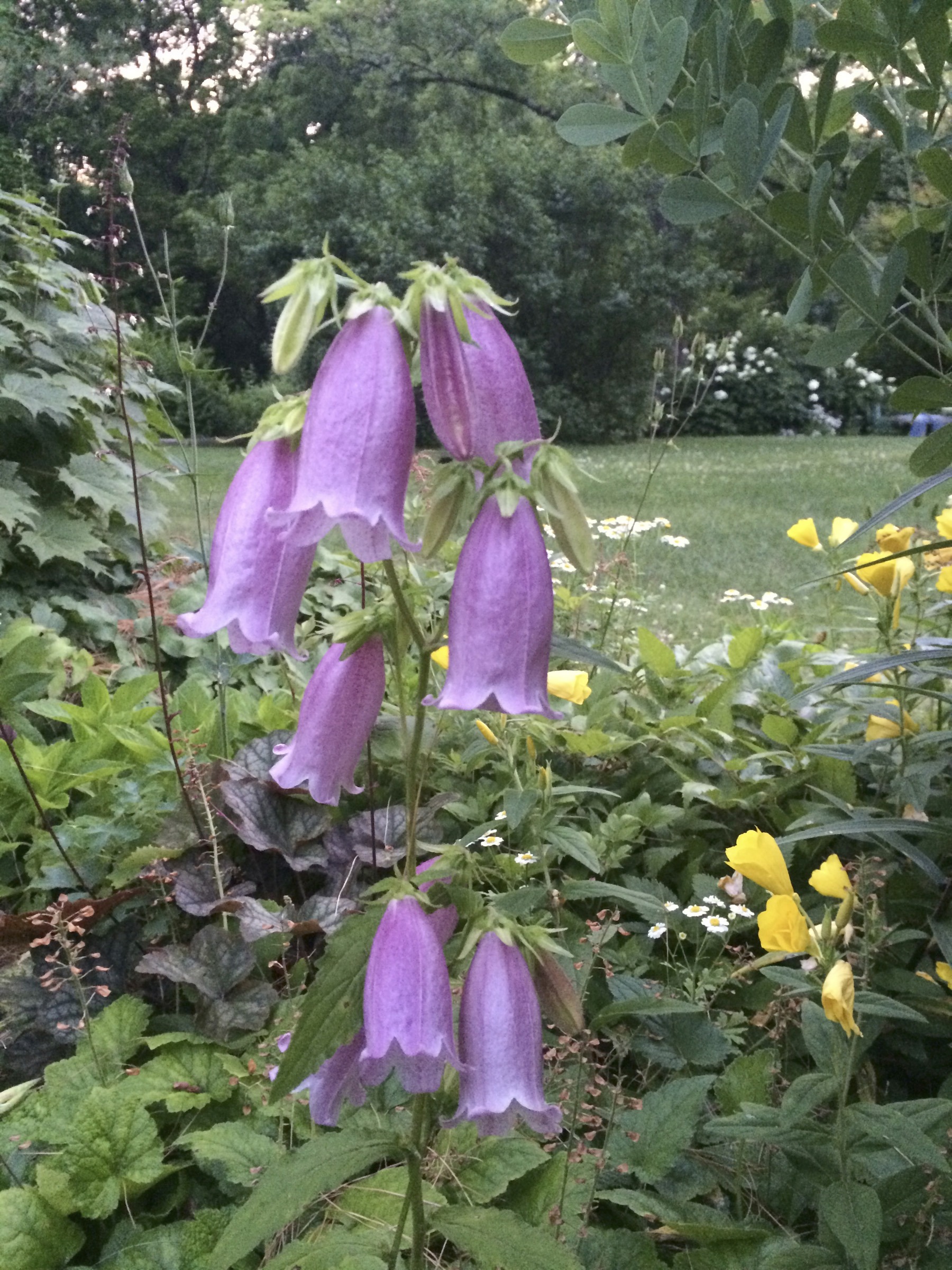
Canterbury Bells
or else bluebells, a.k.a. harebells (Hyacinthoides spp.).
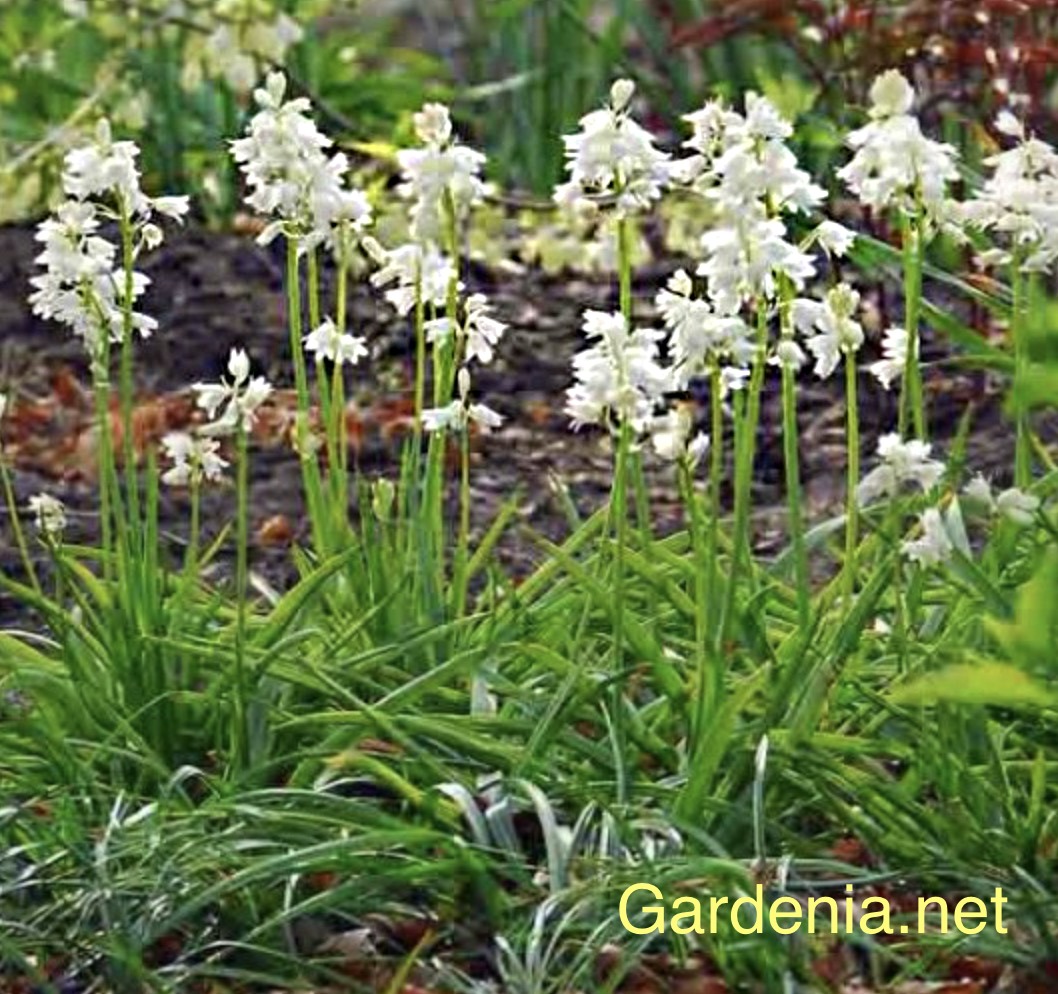
Hyacinthoides
These bellflowers often are blue, but there are white forms that exist in either of them and that we might call silver. I picture Mary digging around in a cottage-type garden, and this is just the place where biennial Canterbury bells or perennial bluebells would be grown.
What are Cockleshells?
I was, at first, even more skeptical about Mary growing a plant called cockleshells. Cockles, after all, are mollusks, like oysters.
Then again, a number of plants do have “cockle” in their name, even if they are missing the “shell.” Nowadays, these cockle plants are usually called campions, catchflies, or pinks (Silene spp). Pinks is a name generally associated with carnations but represents, in fact, a whole family of plants.

Silene coronaria, rose campion
Doubtful that it would have been the cockshell orchid. That’s an orchid that wasn’t introduced into the UK until near the end of the 18th century. More telling, though, is that it’s a tropical plant so would have required a Mary to have had a green thumb and a hothouse to grow it.
Sticky cockle and white cockle (Silence latifolia) perhaps got the cockles in their names from the inflated, veined calyces that sit just beneath their flowers. To me, those puffy calyces look like miniature melons, but I suppose they could be likened to shells.
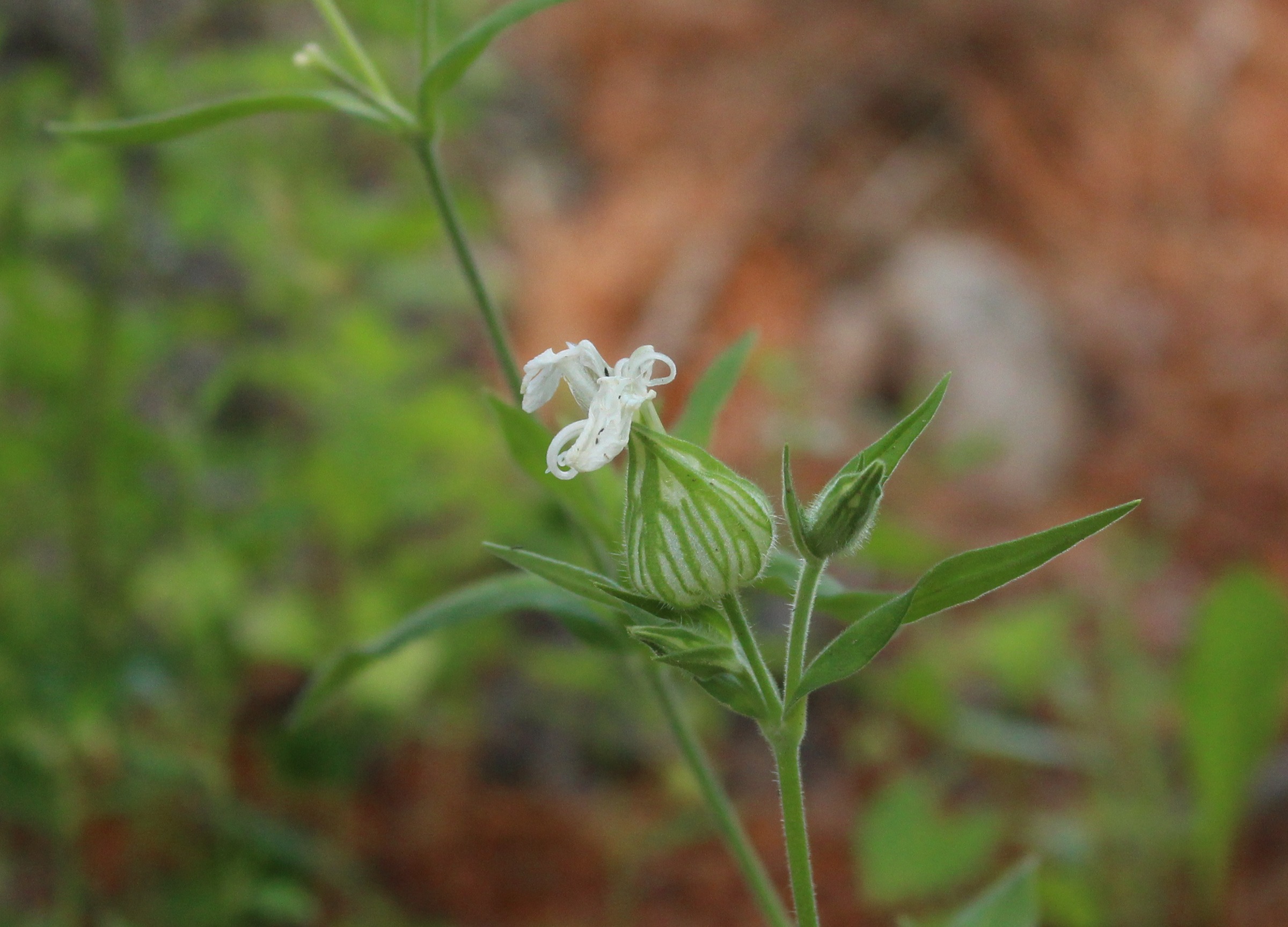
Silene latifolia, white cockle
Like bellflowers, campions also have been favorites in cottage gardens. Canterbury bells, bluebells, sticky cockle, and white cockle all have that blowsy appearance suited to the carefree air of any cottage garden. Being annuals, biennials, or, often, short-lived but self-seeding perennials, these plants come and go as they please.
What Could All This Mean?
All sorts of analyses — many not at all child-like or cheery — been made for the meaning of the nursery rhyme. One, for instance, posits that Mary refers to Mary, Queen of Scotts. The flower references allude to the many ornaments on the dress given her by her husband, the Dauphin of France. The “pretty maids?” They may have been her four ladies-in-waiting, all also Marys: Seton, Fleming, Beaton, and Livingston.

Mary, Queen of Scots
On the dark side, Mary may have been Mary I, daughter of Henry VIII. She was quite contrary, torturing Protestants with “silver bells” (nickname for thumbscrews) or “cockle shells, an instrument of torture attached to the genitals, used on Protestant martyrs to ‘persuade’ them to change faith. “Pretty maids” (nickname for British equivalent of the guillotine) perhaps refers to the mass of Protestants she had executed. And how did her garden grow? Not very well if that question was referring to her inability to produce an heir.
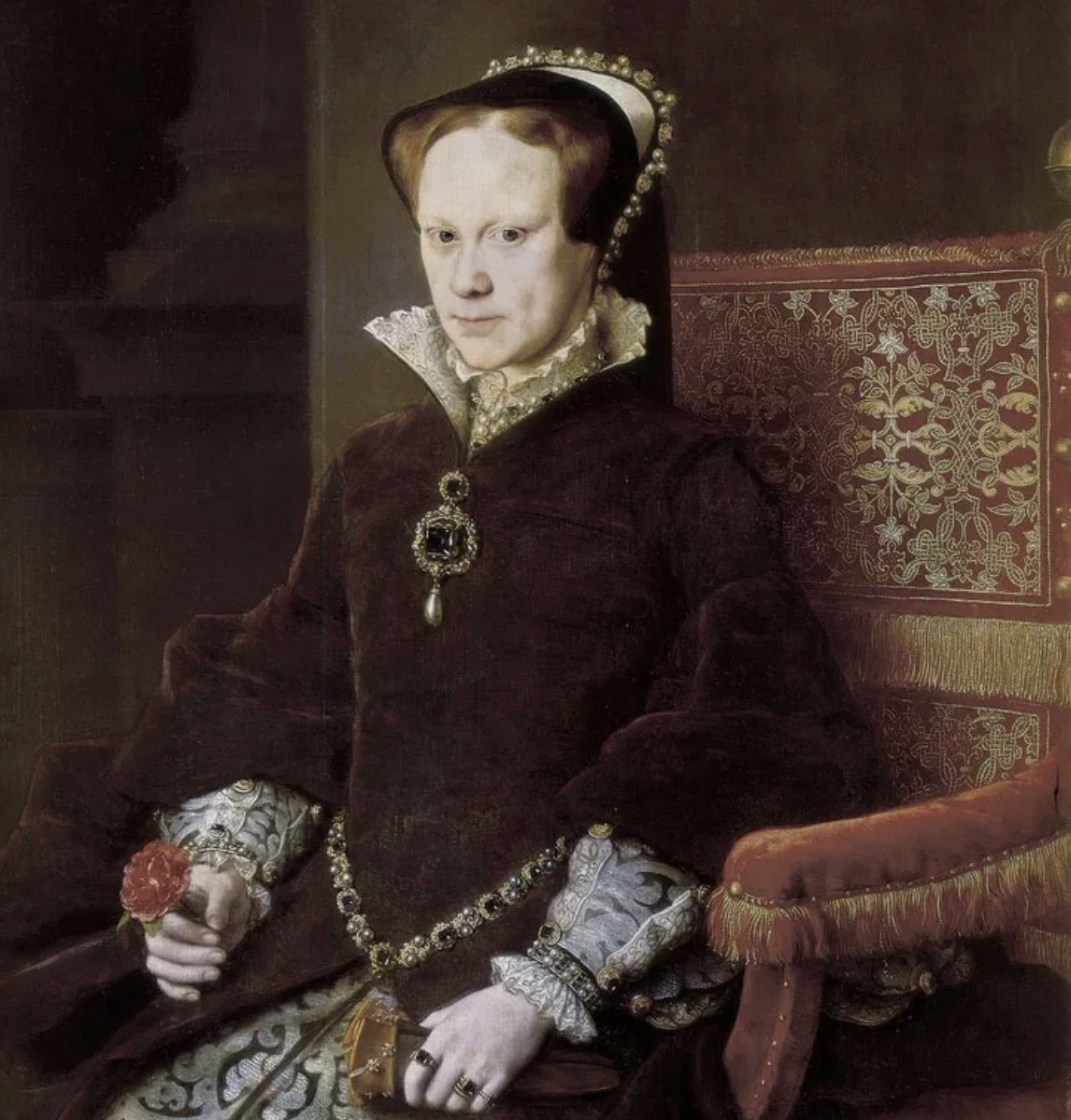
Mary I
I prefer a more child-like, less malevolent interpretation of the nursery rhyme. Some plants, among these silver bells and cockleshells (corn cockle, for instance), self-seed with such impunity that they are considered by some gardeners to be weeds. Perhaps that’s why Mary grows them. She is, after all, quite contrary.

Which one am I?



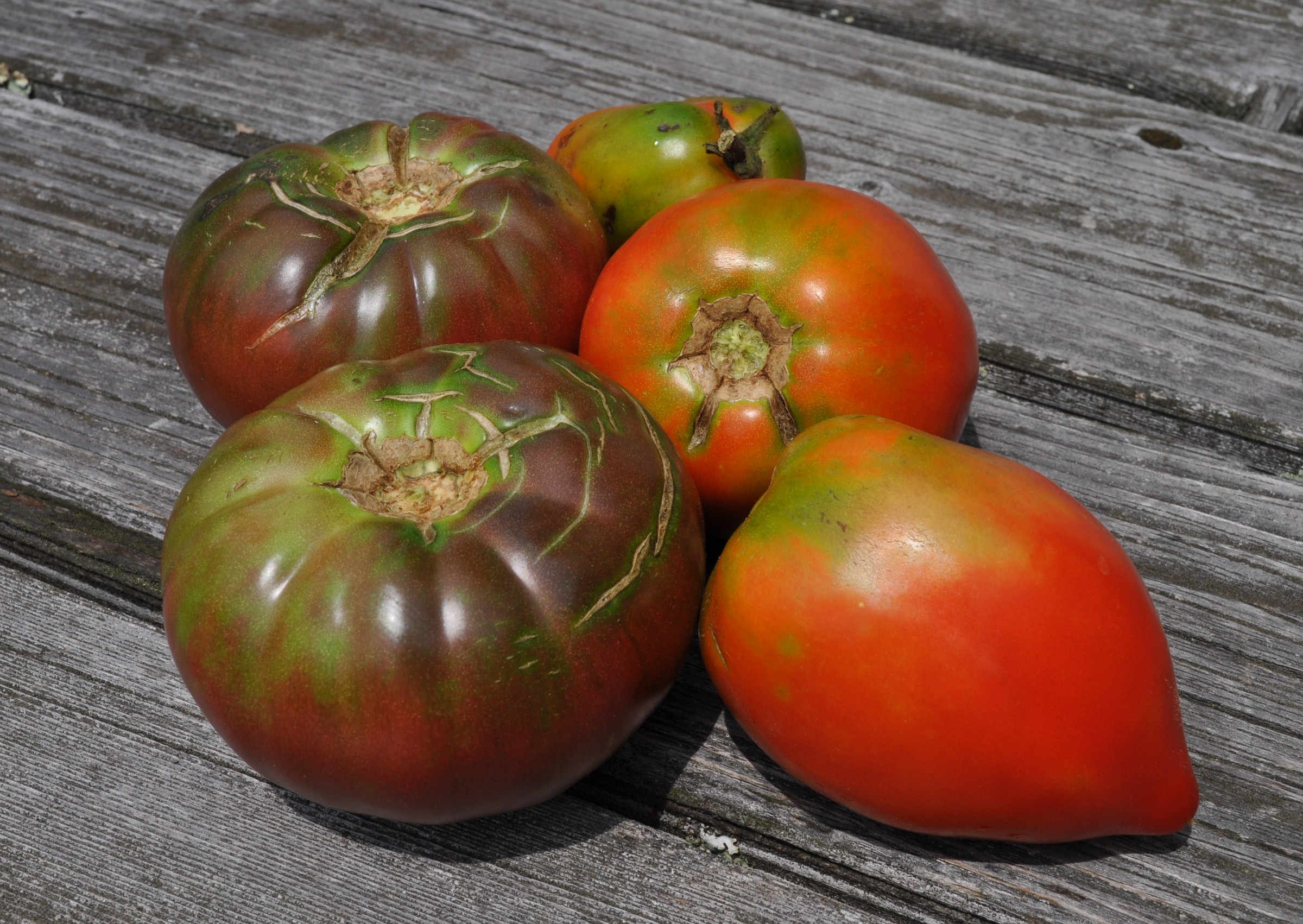
I’m going for Mary 1. She as pretty awful and nursery rhymes are very often about terrible things—meant to teach children lessons.
And she looks the part!